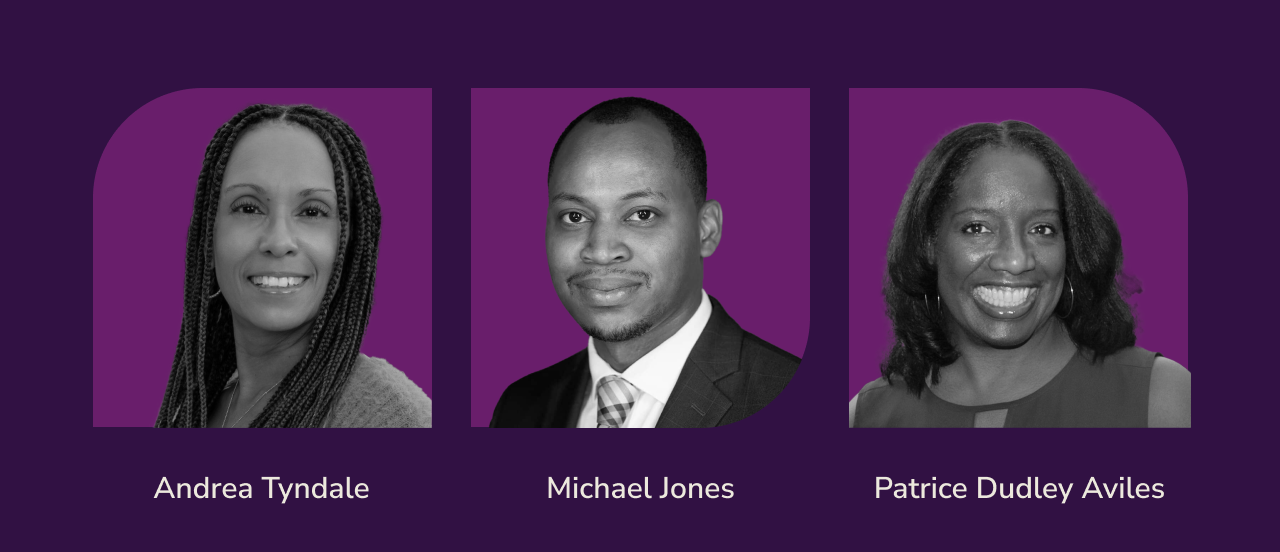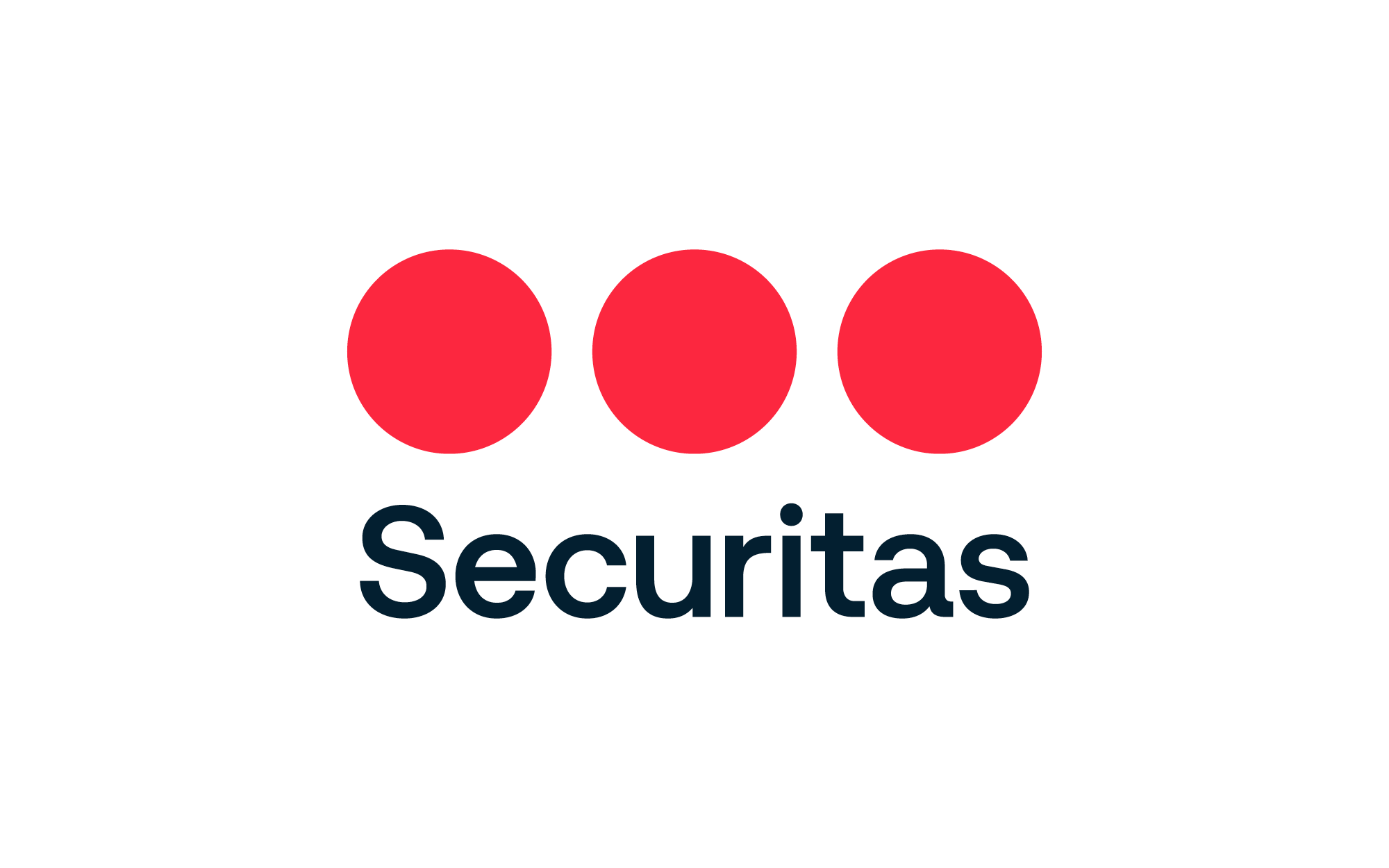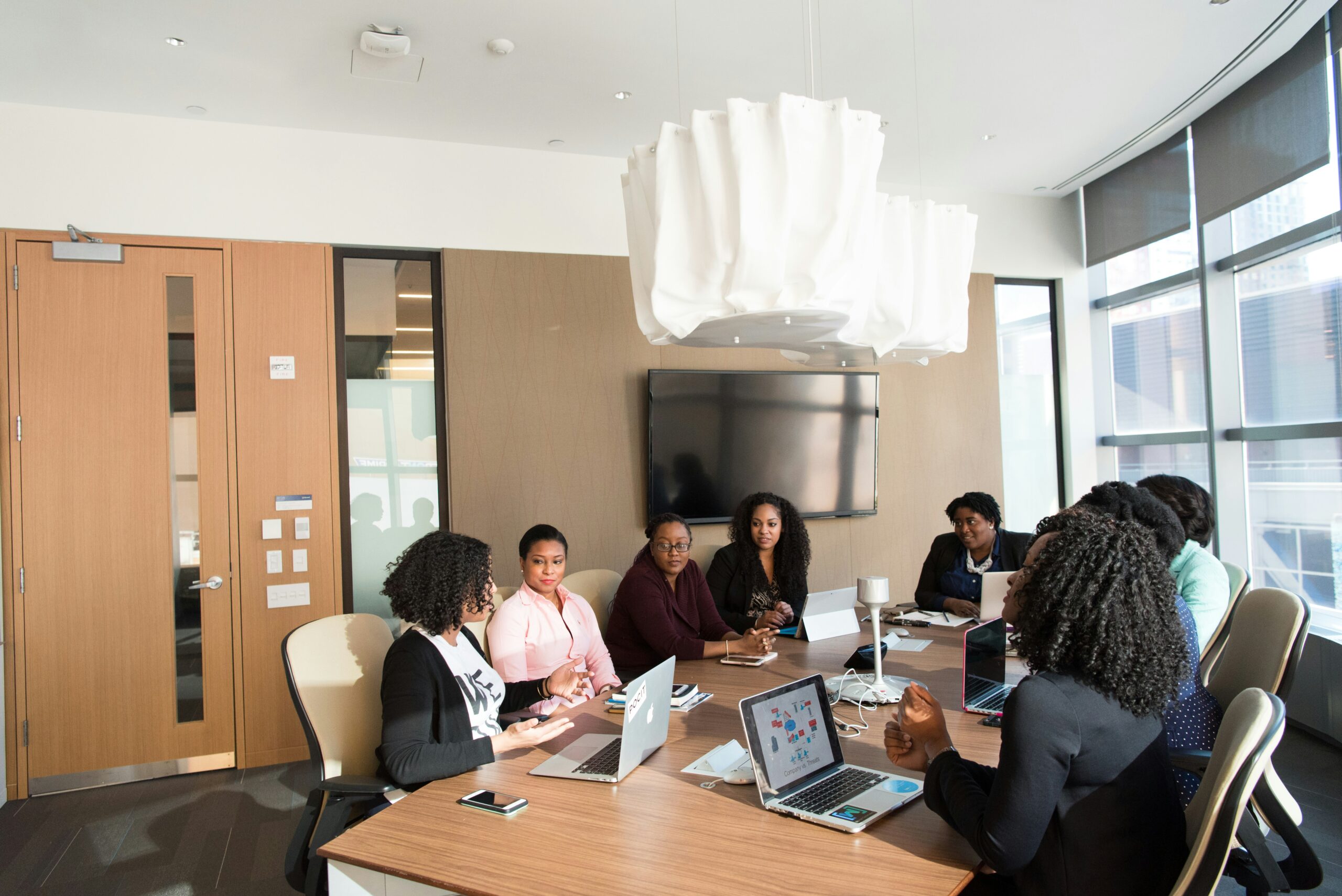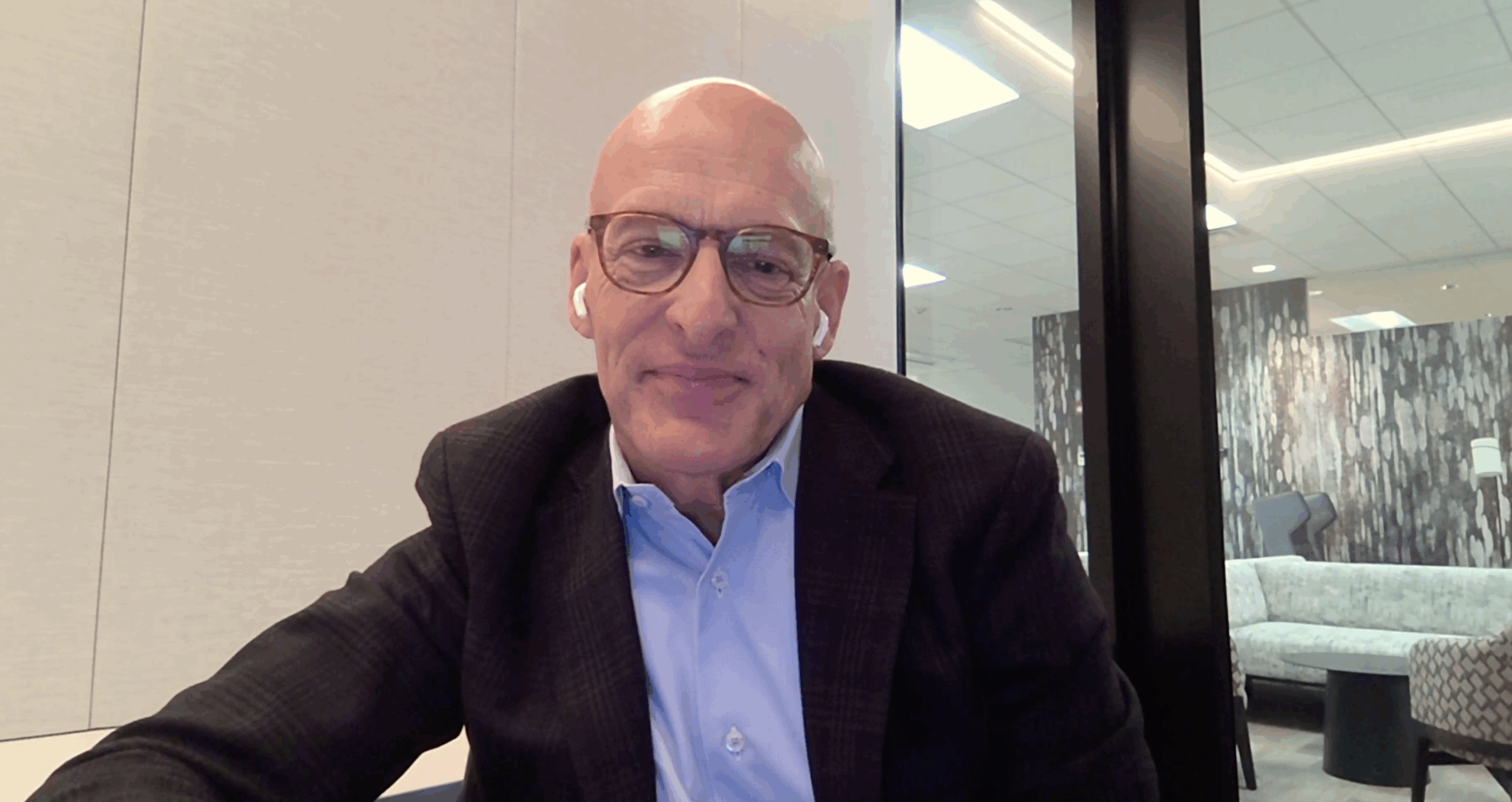AI is no longer a future concept for HR; it’s here, and it’s already transforming how we hire, develop, and engage people. But while AI opens the door to smarter decisions and faster processes, it also raises new questions: How do we keep the employee experience personal when technology is doing more of the work? How do we stay efficient without losing empathy?
That’s exactly what we explored in our latest 30 Minutes of Growth session on May 13, 2025, entitled Elevating the Employee Experience Through AI and Beyond. I was joined by three powerhouse panelists:
- Michael Jones, Director of Workforce Development at UCSF
- Andrea Tyndale, Workforce Planning Consultant at Sutter Health
- Patrice Dudley Aviles, Founder of Monarch Advisors and former CHRO at Abzena
Together, we looked at where AI is creating real opportunity—and where HR needs to tread carefully.
From Transactional to Tailored: Redefining the Employee Journey
“An elevated employee experience is more than engagement—it’s about empowerment,” said Patrice. “Employees today want agency over their growth, visibility into their career path, and a connection to purpose.”
Andrea emphasized how the experience starts long before day one. “Even before someone becomes a candidate, the applicant experience is critical. As recruiters and sourcers, we’re often the first voice they hear. That makes us brand ambassadors.”
Michael agreed, adding, “An elevated experience is one someone walks away from and tells others about. You’re not just shaping one impression—you’re multiplying it.”
Where AI Is Already Making a Difference
Each panelist highlighted key opportunities where AI can genuinely improve outcomes across the employee lifecycle:
- Personalization at scale: “Dynamic career pathing and hyper-personalized recommendations show candidates and employees that we’re listening,” said Andrea.
- Proactive workforce planning: “Predictive analytics help us get ahead of issues like retention risk or DEIB progress,” noted Patrice. “It’s not just about what happened—it’s about what’s likely to happen.”
- Connecting the dots across systems: Michael shared, “We have all these data systems, but they don’t always talk to each other. AI helps us bridge those gaps, see the full picture, and respond faster.”
Common Misconceptions and the Role of Empathy
One myth that won’t go away? “AI is going to replace recruiters,” Andrea laughed. “But our secret sauce is empathy. Relationships can’t be automated.”
Patrice built on that: “The tech gives us the ‘what’ – but people provide the ‘why’ and the ‘how.’ We’re the ones responsible for humanizing the data.”
Michael added a note of caution: “AI won’t fix systemic issues. If you can’t compete on compensation, no tool will solve that. Don’t expect AI to be a bandage.”
Governance, Guardrails, and Getting It Right
So how can HR ensure AI is being used responsibly?
Patrice stressed the importance of cross-functional oversight: “We’re defining what’s appropriate and inappropriate. No AI-only hiring decisions, for example. And we’re updating our policies in real time.”
Andrea encouraged teams to lean into skepticism: “We can’t just co-sign every new tool. Partner with legal and compliance early, ask hard questions, and opt for transparency.”
Michael offered UCSF’s framework: “We use a ‘trustworthy AI’ model with six pillars: fairness, robustness, transparency, accountability, security, and privacy. It’s about building trust, not just deploying tech.”
Advice for HR Teams Just Getting Started
The panel closed with practical guidance for HR teams ready to dive into AI:
- Start small and show impact. “Pilot within talent acquisition or internal mobility,” said Patrice. “Choose something low-risk and measurable.”
- Focus on real problems. “Ask your teams about their pain points,” said Andrea. “If you solve what matters, adoption becomes easier.”
- Build the business case. “Look at cost savings and risk mitigation,” said Michael. “And make sure multiple teams benefit from the solution, not just one.”
- Upskill along the way. “It’s not about coding,” Patrice reminded us. “It’s about AI literacy. Data is the new baseline.”
Final Thoughts
AI is moving fast. But so are expectations. As Michael put it, “Staff expectations are changing, and we need to meet them where they are.”
The tools we use will keep evolving. But if we keep listening, questioning, and designing with people in mind, we can build something better than just efficient workflows. We can build better workplaces.
For a deeper dive into the conversation, watch the full video here:




